10 Tips to Protect Your Car from Water or Flood Damage
-
Pete Ortiz
- Last updated:
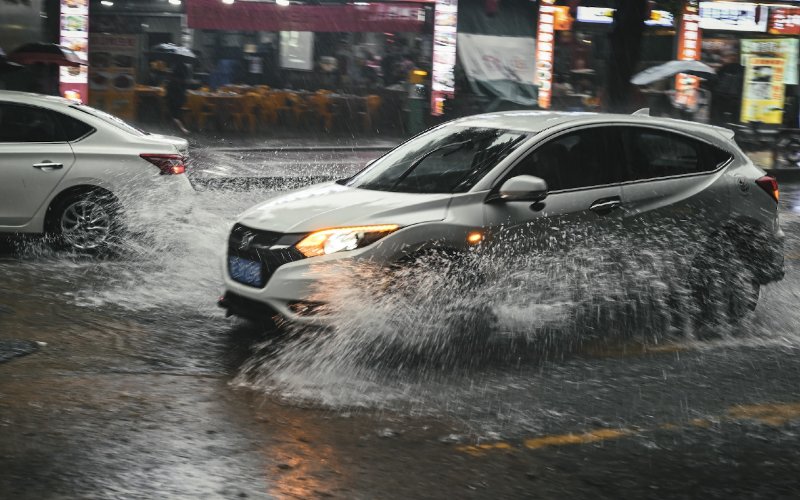
For more than a century, the automobile has significantly contributed to the transformation of our society. We ought to appreciate it more, seeing as the freedom of mobility that we currently enjoy wasn’t a thing back then.
Many people are emotionally attached to their cars. And yes, that sort of sounds insane, but before you start judging, think about the driving factors behind every social interaction, which ultimately leads to some degree of attachment. Is comfortability, privacy, safety, and dependability not part of them? The same benefits often provided by cars?
You should know that several studies have been conducted, and confirmed that many people are attached to their cars—to a point where they feel as though the vehicle is part and parcel of their lives. So don’t be surprised the next time you hear someone decides to call off work, just to mourn the loss of his/her “best friend.”
Now, let’s get back to today’s main topic of discussion. If heavy rainfalls, cyclones, or tsunamis have become rampant in your region, and you’d like to know what’s the best way to protect your car from flood water, we got you. Just keep on reading, and you’ll learn everything we know.
The 10 Tips on How to Protect Your Car From Water
1. Steer Clear of Standing Water
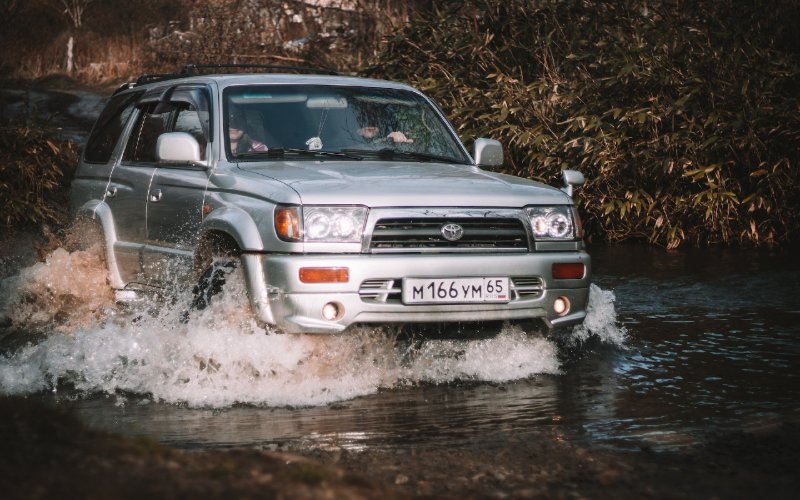
We’ll be the first to admit that we’ve made this mistake one too many times. But most of the time it’s not deliberate. We just had to drive over the standing water because there was no other way of getting across.
The thing is, you can never be too sure how deep such waters are. It’s more or less like a gamble, and if lady luck’s working against you, things can quickly fall to the wayward side.
We’re fortunate to not have had our cars stall mid-way, but we can’t say the same thing about others who were less fortunate. Their car did stall mid-way, they couldn’t find a way out, and before they knew it, water was slowly seeping into the cabin. Needless to say, the damage caused was significant, as it ended up costing them hundreds of dollars to get a repair.
2. Shift The Stick Back to 1st Gear, Don’t Stop Revving
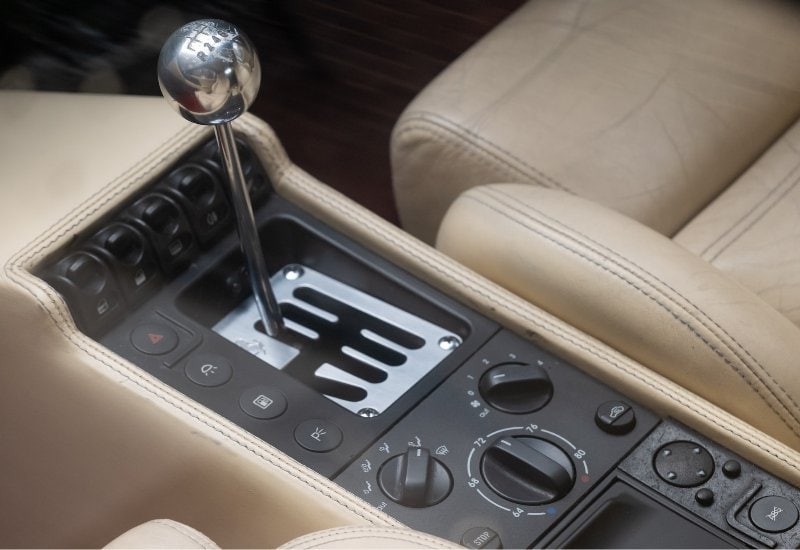
Let’s assume your situation is similar to ours, where you can’t seem to find an alternate route. After exploring every option in the book, it finally dawns on you that the only way forward is literally through that mini pond. The first thing that you should do, before stepping on that gas pedal, is to change your gear.
Take it back to 1st gear, and make sure your revs stay up. The benefits of doing this are actually two-fold. Those who’ve tried this tactic will attest to the fact that it ensures the vehicle remains steady at low speeds and maintains a strong grip on the trajectory. Driving at higher revs in 1st gear isn’t dangerous at all, and important if you’re going to stop the water from getting in from the exhaust.
3. The Highest Parts of The Road Are the Safest
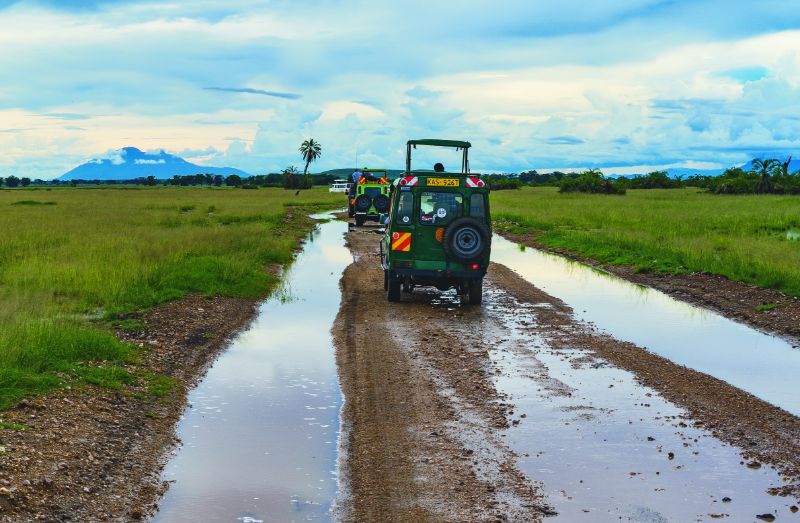
Do not drive your car into the “unknown” before assessing the situation beforehand. That’s a silly and costly mistake that could come back to bite you. Get out, look for higher ground, and assess the road ahead. If you notice the road has some of its parts above water, take that route. It’s the safest, as it will help you reduce the chances of getting stuck in the middle, with no way out.
4. Immediately Turn the Ignition Back On, If It Stalls
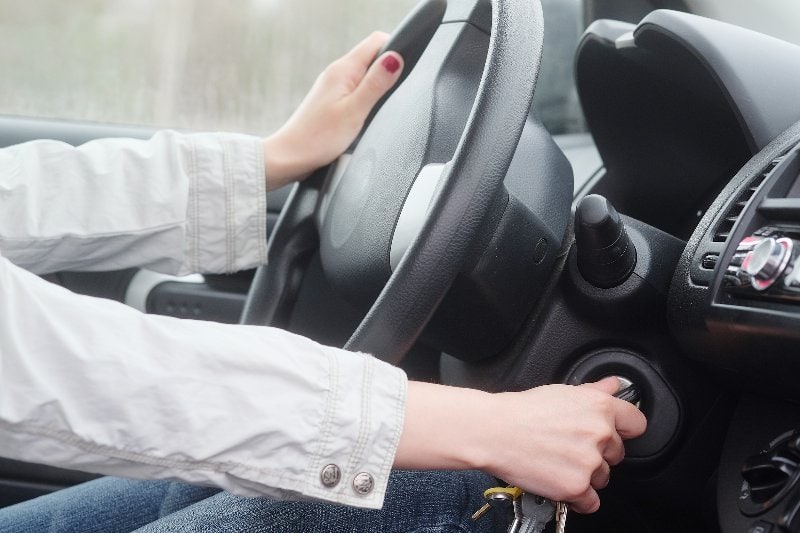
First off, we feel obligated to remind you that your life is more important than that of the car. Therefore, if for some reason, the car suddenly stalls, forget about all the ways you can protect it from flood water. Get out as fast as you can and get to a safe place.
But if you’re not in any immediate danger, turn it back on instantaneously—while bearing in mind that a short window of delay is all it takes for water to start seeping into the engine. Then again, if you’ve realized that the water level is already above your exhaust pipe, don’t start it back. That could worsen the situation, as it usually leads to something called the “Hydrolock.”
Hydrolock is a situation whereby the flood water manages to gain access into the vehicle’s cylinder block, thereby causing irreparable damage to the valves, spark plugs, and all the other components responsible for fuel combustion.
5. Park On High Ground

Benjamin Franklin, one of our founding fathers, once said an ounce of prevention is worth a lot more than a pound of cure. So, you don’t have to drive anywhere if you don’t feel safe, or if you don’t want the water to damage your car.
Find an elevated parking spot and park the vehicle until the situation improves. There is no way the flood water will be able to seep in or damage your mechanical and electronic parts. Unless, of course, it starts raining and the water levels go up.
We implore anyone who owns a hatchback, sedan, or any other relatively low vehicle to heed this advice. The way your automobiles have been designed makes them susceptible to the effects of flooding, more than any other vehicle.
6. Roll Up All Your Windows
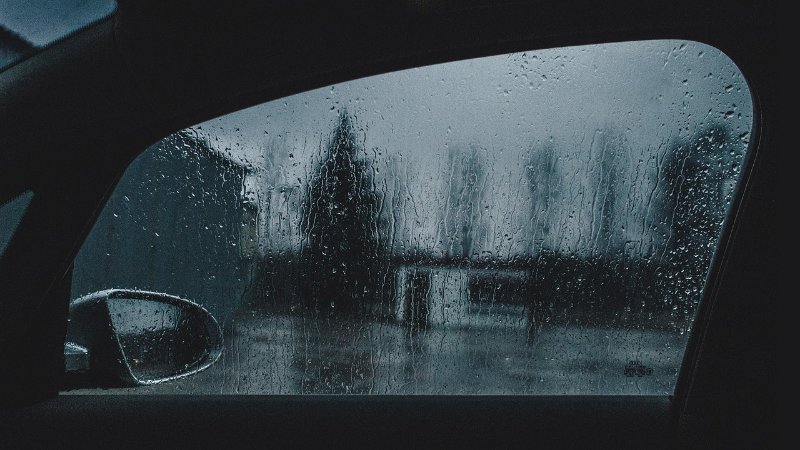
Most of our cars have four windows. So, check all your windows, just to be sure there are no gaps left. Not even the slightest of a gap, because that could be the point where all your woes begin. By the way, water getting into the cabin is just as scary as some of it seeping into the engine section. The costs of repair might not be as high, but they’ll dent your bank account nonetheless.
7. Disconnect The Car’s Batteries
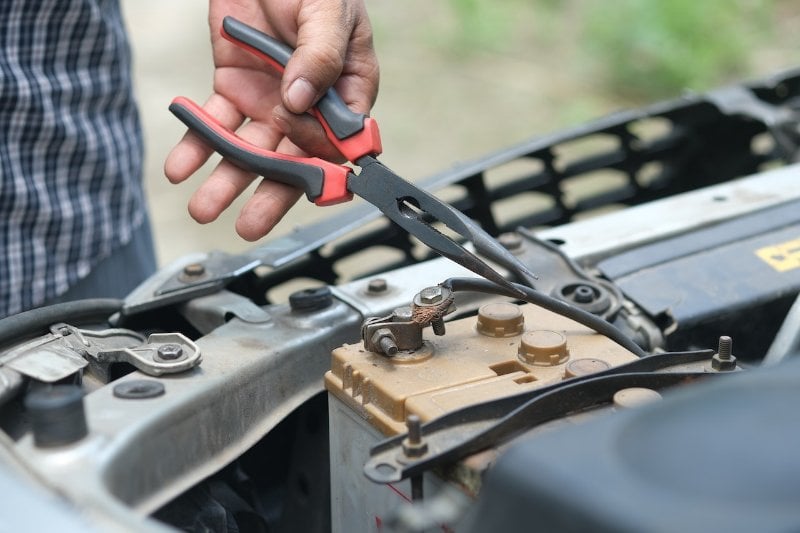
The good news is that some of our car batteries have been intentionally sealed to ensure no water gets to the important components within. That being said, you can never be too sure about these things.
We say the only way to be certain is to disconnect the battery once the car has been parked on an elevated ground so as to prevent any drop from getting in. If it miraculously does, it will damage all the electrodes and wires after diluting the acid.
The funny thing is, the worst thing that could happen if the water gets inside the battery is not even diluting the acid. We’ve been around the block long enough to know there’s a possibility of that battery exploding.
8. Allow The Brakes to Dry

In a flooding situation, your tires and the brakes are more exposed than any other part of the car. Even if you never got into the mini pool they’ll still be wet. Driving around once the floods have subsided without giving the brakes time to dry up is considered hazardous. That water will act as a lubricant, thus compelling them to stop working as they should.
9. Replace The Fluids Before Driving
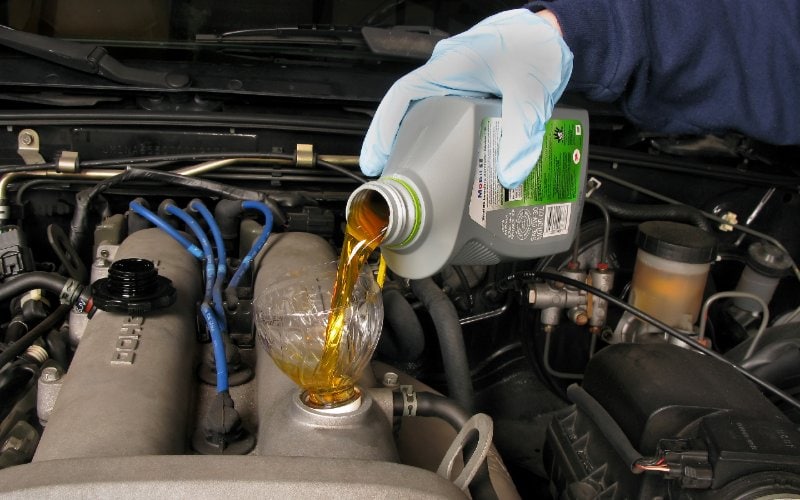
Not even an expert with a vast amount of experience will be able to immediately tell if some of the flood water got mixed with the fluids unless they start seeing the signs. And the signs are pretty obvious, dare we say. For example, the color of the radiator fluid will gradually change to copper. That of the engine oil will also appear darker than usual, and the density increased.
If for some reason you miss those two, you’ll notice the engine temperature keeps on increasing drastically, even if you’ve just made a short trip. It will also sound different, and you’ll continuously feel a lot of vibrations and turbulence.
10. Reach Out to A Mechanic

Getting your car serviced after it has gone through such an ordeal should be your number one priority. You’ll need a professional who understands the severity of the situation and is ready to provide a bumper-to-bumper inspection.
In case you haven’t heard, some mechanics specialize in post-flood vehicle repair.
Is Flood Damage Covered by Comprehensive Insurance?
There’s a reason why they call it comprehensive insurance. It will not only cover the cost of repairs but also pay you the market value of the car, should it be totaled. You should go for comprehensive insurance, even if you don’t live in a flood-prone state. It still covers collisions with animals, damage caused by riots, vandalism, theft—you name them.
The only downside to this type of insurance cover is that it comes with a deductible—that’s the amount that you’re required to pay before the insurance kicks in. We don’t know how much you’ll be requested to pay, but the insurer will have all the information you need.
Is A Flooded Car Fixable?
Quite frankly, it all hinges on the level of the damage. If the flooding was minor, your mechanic won’t have a hard time getting it back to its previous condition.
But if the car had to sit in the water for days on end, there’s a very high probability that the insurance company will declare it a total loss. That’s chiefly due to the fact that water has the potential of causing serious damage to not just the mechanical, but also the electrical parts.
What’s Gap Insurance?
Gap insurance is important to owners who bought their vehicles through loans. If you’d like to insure your car against flooding, but you haven’t finished paying the loan, this type of insurance will take into account both the market value of the vehicle and what you still owe the financial institution. That’s actually what the “gap” in gap insurance means.
Winding Up!
According to a consumer report, the number of flooded cars on the market has exponentially increased over the last couple of years. We’ve speculated the reason behind this to be the need for a cheaper commute amid a high cost of living.
People have so many other things to worry about that they don’t remember to check if the cars that they are about to buy were previously involved in an accident or got damaged by flood water.
But we care about you. And that’s why we want you to remember that water can easily compromise all the electronic and mechanical systems in a vehicle. Don’t buy any vehicle that’s showing signs of deep-water exposure if you have other options.
Featured Image Credit: C Joyful, Unsplash
Contents



